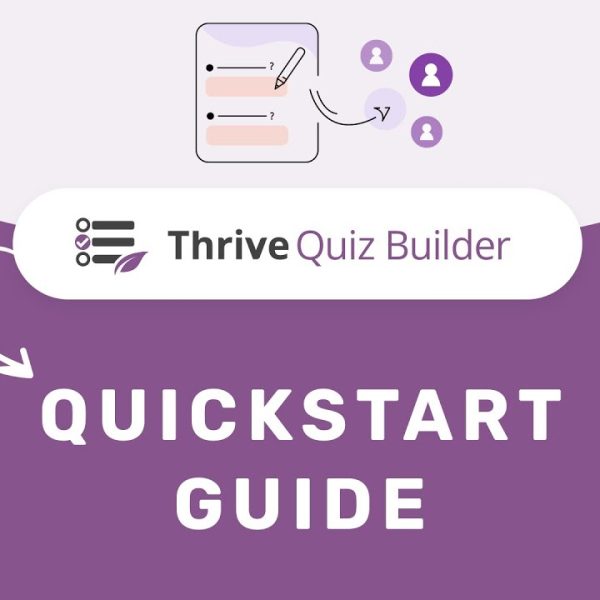You are nearly finished with writing your sales page. You’ve spent hours writing a headline, addressing pain points, and crafting the perfect offer. Of course, you don’t have product-specific testimonials yet, but you remember Sally’s email. A few months ago, she sent a message full of praise about how working with you helped her achieve her goal.
Sally mentioned how your guidance and support were instrumental in her success. She highlighted specific ways in which your expertise made a difference, from providing actionable advice to being there for her when she faced challenges. Her glowing feedback is a testament to the value you offer, and while it isn’t a testimonial for this exact product, it speaks volumes about the quality and impact of your work.
Including Sally’s story on your sales page can help build trust and credibility with potential customers, showing them that you have a track record of helping people succeed. Her experience could resonate with others facing similar challenges and inspire them to take action and try your product or service.
You decide to dig up that email and copy Sally’s words.
Feeling excited about the final touch on your sales page, you remember Sally’s heartfelt email from a few months ago. She had expressed immense gratitude and detailed how your guidance and support were pivotal in achieving her goal. You locate her message and carefully copy her words, knowing they will resonate with potential customers who seek proof of your expertise and dedication. This testimonial not only validates your capabilities but also inspires trust and confidence in your offerings.
Does she want to be showcased publicly on my website?
It’s natural to hesitate in this situation. Asking for permission to use someone’s testimonial, especially if it’s been several months since they sent it, can feel awkward. Here’s a suggested approach:
Firstly, send a polite message to Sally acknowledging her previous email and expressing appreciation for her kind words. Mention that you’re updating your sales page and would love to include her testimonial, but you completely understand if she prefers not to.
As for asking for a photo, it’s a good idea to mention that you would also like to include a photo alongside the testimonial for added authenticity and connection with potential customers. You can suggest that if she’s comfortable, you would appreciate it, but emphasize that her testimonial alone is valuable.
Wait for her response before proceeding further. Respect her decision whether she agrees to provide a photo or not. If she agrees to the testimonial but not the photo, you can always revisit the idea later or use the testimonial without a photo.
Remember, transparency and respect for Sally’s preferences are key in this communication.
As you sift through your WordPress comments in search of viable testimonials, you’re met with generic phrases like “Great stuff” and “Love your work,” which don’t quite meet the convincing standard you’re aiming for. Feeling discouraged after an hour of searching, you realize that these comments wouldn’t persuade even your close family to make a purchase.
Deciding to move forward, you contemplate publishing your sales page without testimonials for now. You reassure yourself that you can always add them later when you have more time to secure more impactful and relevant testimonials. This approach allows you to meet your deadline while ensuring your sales page is still effective and polished.
What Happened in ’95 That Changed Online Buying Forever?
When I last made an online purchase, the first thing I did was likely to search for the product I needed using a search engine or visit a specific online store where I knew I could find it. Then, I would have browsed through product descriptions, customer reviews, and possibly compared prices and features before making a decision to buy. If I was unfamiliar with the brand or product, I would have relied heavily on reviews and testimonials from other customers to gauge quality and reliability.
When Amazon introduced public product reviews back in 1995, it was a bold move that raised concerns and skepticism among many in the business world. At the time, traditional thinking in retail was that allowing customers to openly critique products could potentially harm sales and damage brand reputation.
However, Amazon saw the potential benefits of transparency and trust-building that customer reviews could bring. By enabling customers to share their experiences and opinions, Amazon created a platform where authenticity and peer feedback became integral to the shopping experience. Over time, this decision proved to be revolutionary, as it significantly influenced how online retailers and consumers interacted.
Amazon’s embrace of public product reviews ultimately set a precedent for e-commerce platforms worldwide. It highlighted the importance of customer feedback in influencing purchasing decisions and fostering a community-driven approach to online shopping. Today, customer reviews are a standard feature across most e-commerce platforms, demonstrating the enduring impact of Amazon’s pioneering move in 1995.
Absolutely, that feeling of hesitation or anxiety before making an online purchase is quite common. It’s natural to experience a range of emotions when deciding to spend money, especially if it’s on a significant or unfamiliar product or service. Here are a few factors that can contribute to this feeling:
1.Trust and Credibility: Customers want reassurance that they are making a safe and reliable purchase. They may revisit a sales page multiple times to verify the credibility of the product or service.
2.Value Assessment: Potential buyers often weigh the benefits of the product or service against its cost. They may review the sales copy and additional information to ensure they’re getting value for their money.
3.Decision Confirmation: Buying decisions can be influenced by various factors like product features, customer reviews, and guarantees. Taking time to revisit the sales page allows buyers to confirm their decision before proceeding.
4.Fear of Regret: There’s also a fear of buyer’s remorse, where customers worry they might regret their purchase later. This can lead them to be cautious and deliberate in their decision-making process.
Understanding these concerns, sales pages often aim to alleviate anxiety by providing clear, persuasive information, addressing potential objections, and showcasing customer testimonials that build trust and confidence.









Hans (verified owner) –
I received a personalized and attentive treatment. Thanks to this deal, I was able to find a solution to my problem in a short time. 🙂
Liam (verified owner) –
The first time I got the urges to leave a comment, but this is simply a top-notch thing you can find.
Jarrett (verified owner) –
Been using a lot of items, this one is obviously the best
Alvina (verified owner) –
Quite easy to use, nice design, surely will buy again
Ryan (verified owner) –
Good response from the support.